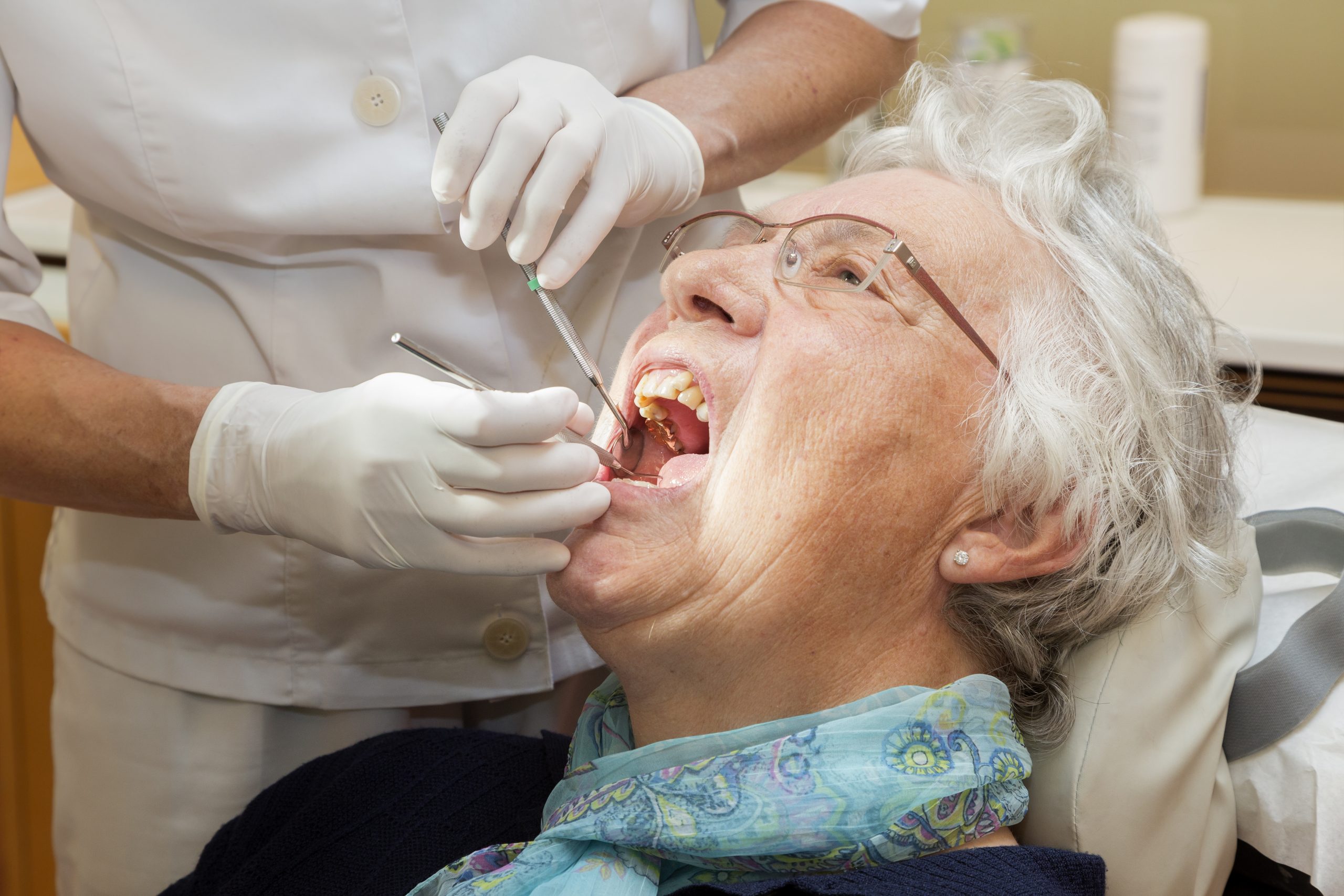
Almost two-thirds of Medicare beneficiaries (65%), or nearly 37 million people, lack dental coverage, and many go without needed care, according to the Henry J. Kaiser Family Foundation (KFF) in its latest policy brief. Rates are even higher among black and Hispanic beneficiaries and among those with low incomes.
Medicare does not cover routine preventive dental care or more expensive dental services often needed by older adults. This lack of care can lead to delayed diagnosis of serious health conditions, preventable infections and complications, chronic pain, and costly emergency room visits, the KFF reports.
About a third of all Medicare beneficiaries have access to some dental coverage through Medicare Advantage, Medicaid, or private dental plans. But while these plans tend to cover most lower-cost preventive services, they have less generous coverage for more expensive services and often are subject to annual dollar caps on covered services.
The KFF also says that 49% of all Medicare beneficiaries did not have a dental visit within the past year. These rates are higher among those who are black (71%) or Hispanic (65%), those who have low incomes (70%), and those who live in rural areas (59%).
Half of Medicare beneficiaries live on less than $26,200 per year, but 19% of beneficiaries who used dental services spent more than $1,000 out of pocket on dental care in 2016. Only 11% of beneficiaries used dental services without incurring any out of pocket costs.
Average out of pocket spending on dental care rises with income, because beneficiaries with higher incomes can afford such expenses, not because they have greater dental needs. Beneficiaries with lower incomes are more likely to forgo needed dental care.
There is a great need for dental care among the older population too, the KFF says, as 15% of adults age 65 and older residing in the community are edentulous. That share increases with age, from 12% among those age 65 to 74 to 20% for those between 75 and 80.
Edentulism also is more common among older adults with low incomes, with 30% of those with incomes below 100% of the federal poverty level lacking any natural teeth, compared to just 6% of those with incomes over 400% of the federal poverty level.
The KFF further emphasizes the connections between oral health and systemic health. Periodontitis has been connected with cardiovascular disease, diabetes, and cancer. Also, difficulties in chewing can lead to poor nutrition. Poor oral health can impact social participation as well, as people feel embarrassed about their teeth.
Related Articles
Bill Proposes Adding Medical Benefits to Medicare
White Paper Calls for Dental Benefits in Medicare Coverage
93% of Adults Favor Adding Dental Coverage to Medicare


